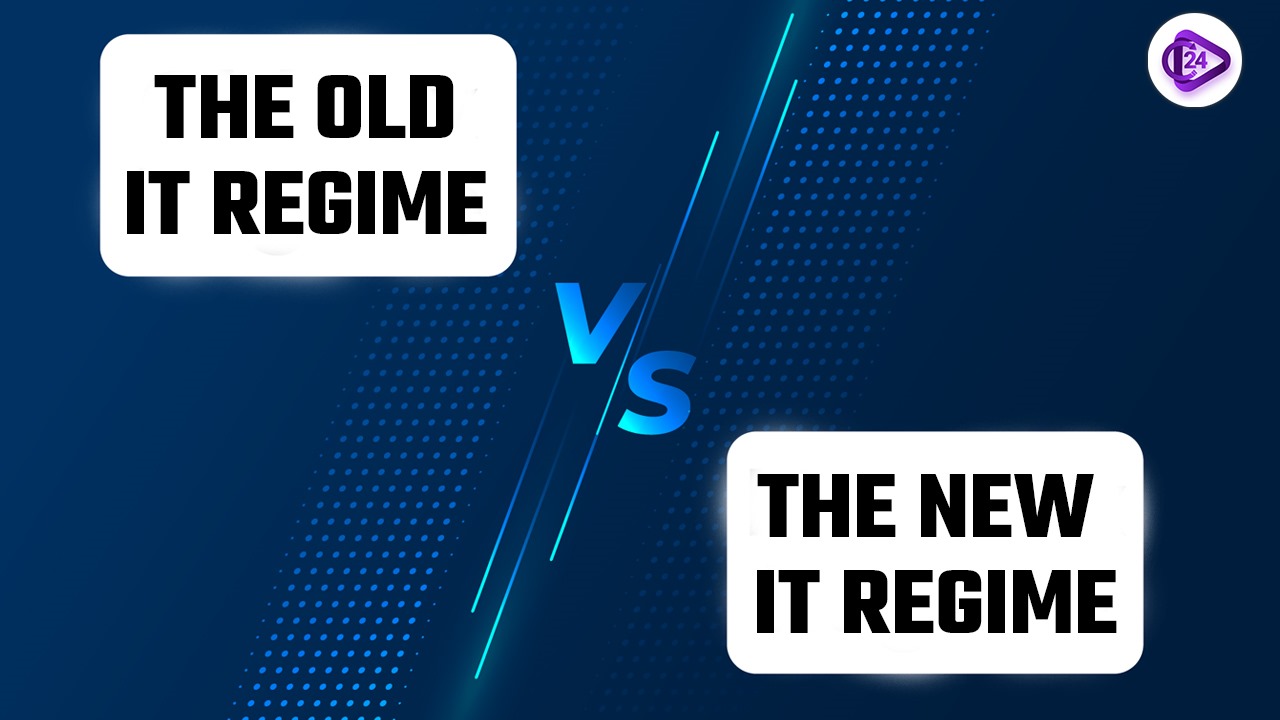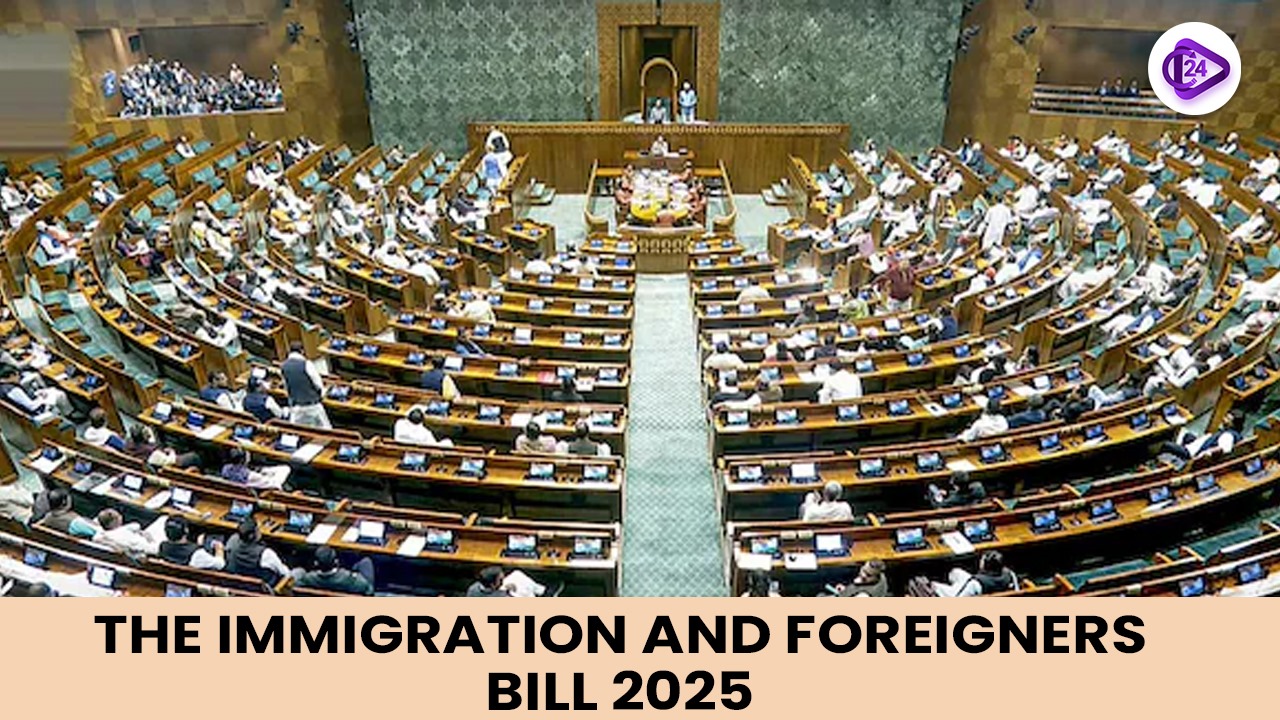
The Income Tax Regime of India provides a framework to determine how every taxable income needs to be taxed according to individuals and organizations provided they operate within the country. Indian taxpayers need to choose between the Old Tax Regime and the New Tax Regime because both systems have different standards for tax deductions and exemptions and tax rate divisions.
Old Tax Regime
-
Taxpayers who maintain substantial financial investments or specific expenses can appreciate the inducements provided under the old regime. Key features include:
-
Taxpayers can deduct amount under sections 80C for PPF and EPF investments together with 80D for health insurance payments as well as 24(b) for home loan interest payments.
-
Workers can use tax exemptions covering two benefits known as House Rent Allowance (HRA) and Leave Travel Allowance (LTA).
-
People who want to reduce their taxable income amount can apply for different tax rebates.
New Tax Regime
-
The 2020 launched tax system introduces basic tax bands with reduced rates at the expense of removing all tax exemptions and deductions. Features include:
-
The tax system provides reduced rates of taxation throughout its income sections.
-
No exemptions or deductions available (e.g., no deductions for HRA, insurance, etc.).
-
The structure exists for people who desire tax simplicity and reject tracking numerous deductions in their returns.
-
The tax rate adjustments between the two formats allow taxpayers to make switches except for specific business income limitations. Every person needs to check their financial condition until they choose the scheme that provides maximum tax reduction benefits.
A comparison between both tax regimes:
|
Aspect |
Old Tax regime |
New Tax Regime |
|
Exemptions and Deductions |
Offers various exemptions and deductions (e.g., PPF, ELSS, insurance premiums) to reduce taxable income. |
No exemptions or deductions allowed, simpler system. |
|
Tax rate |
Higher tax rates, but potential for reducing tax through exemptions and deductions. |
Lower tax rates, but no tax-saving opportunities. |
|
Simplicity |
More complex due to the need to track exemptions, deductions, and rebates. |
Simpler with no need for deductions, but fewer tax-saving opportunities. |
|
Suitability |
Best for individuals with significant investments in tax-saving instruments and those focused on long-term financial planning. |
Better for individuals seeking simplicity and immediate tax relief, with fewer tax-saving investments. |
|
Switching Between Regime |
Taxpayers can choose this regime every year based on their preference |
Salaried individuals can switch every year; business owners can switch only once in their lifetime. |
|
Impact on Disposable Income |
Potentially higher disposable income due to tax-saving investments but requires effort. |
Immediate tax relief and potentially higher take-home pay for those with fewer tax-saving schemes. |
|
Tax Calculation |
Requires detailed calculation of various exemptions and deductions to reduce tax. |
Simplified tax calculation with reduced rates but no exemptions or deductions. |
Multiple Elements to evaluate Tax System
-
People who spend more money on tax-saving investments should choose the old tax regime yet new tax systems suit individuals with fewer investments due to their basic structure.
-
Individuals who need retirement benefits and long-term savings advantages will find the old tax system better than the new tax system but the new system suits taxpayers who require swift tax benefits.
-
Taxpayers who want cash in hand can use the new regime due to its basic system along with minimal tax rates although managing deductions remains challenging under the old regime when maximize tax savings is your priority.
-
The new tax arrangement strives to increase available money in taxpayers' hands by reducing their tax responsibility thus benefiting individuals who value greater cash on hand.
Conclusion
-
Old Regime: Best for those prioritizing tax-saving investments, long-term financial planning, and higher deductions.
-
New Regime: People who want simplicity together with reduced taxation rates and prompt tax reductions should choose the new tax regime.
Each taxpayer needs to evaluate their personal earnings together with their investment habits with their long-term financial targets to decide properly. By analyzing tax responsibilities under both tax systems one can determine which system is most suitable for their requirements




 2nd Simolu Festival 2025: Celebrating Nature, Culture & Conservation in Assam
2nd Simolu Festival 2025: Celebrating Nature, Culture & Conservation in Assam Ajmer Hosts First-Ever All India Transgender Conference
Ajmer Hosts First-Ever All India Transgender Conference Arunachal Cabinet Unveils Key Schemes for Women, Youth & Development
Arunachal Cabinet Unveils Key Schemes for Women, Youth & Development Governance Structure of Delhi and Appointment of Rekha Gupta as Chief Minister
Governance Structure of Delhi and Appointment of Rekha Gupta as Chief Minister Aravali Safari Park Project Introduced the the Haryana Government
Aravali Safari Park Project Introduced the the Haryana Government Gyanesh Kumar Appointed as the Chief Election Commissioner (CEC)
Gyanesh Kumar Appointed as the Chief Election Commissioner (CEC) The Immigration and Foreigners Bill 2025: A Modern Legal Framework for Immigration
The Immigration and Foreigners Bill 2025: A Modern Legal Framework for Immigration Aadi Mahotsav 2025 – A Grand Celebration of Tribal Heritage
Aadi Mahotsav 2025 – A Grand Celebration of Tribal Heritage PM Modi's Address at Bharat Tex 2025, A Global Textile Platform
PM Modi's Address at Bharat Tex 2025, A Global Textile Platform






